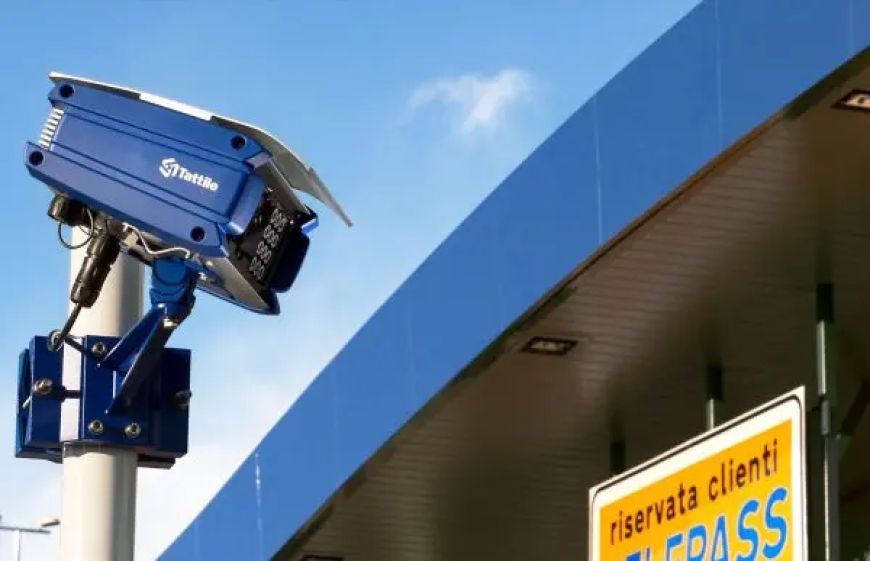How Red Light Traffic Cameras and Automatic License Plate Recognition Improve Road Safety
Explore how red light traffic cameras and automatic license plate recognition systems enhance road safety, support law enforcement, and reduce violations.

In the modern age of smart transportation, red light traffic cameras and automatic license plate recognition (ALPR) technologies play a vital role in improving road safety and streamlining traffic enforcement. As urban centers become increasingly congested, these technologies offer efficient solutions for detecting violations, identifying vehicles, and supporting real-time traffic management. Understanding how these systems work and their benefits can help cities and citizens alike adapt to a safer, smarter future.
Understanding Red Light Traffic Cameras and ALPR Systems
What Are Red Light Traffic Cameras?
Red light traffic cameras are surveillance tools placed at intersections to automatically detect vehicles that run red lights. These cameras are synchronized with traffic signals and use sensorsoften embedded in the pavementto trigger image or video capture when a violation occurs. The recorded evidence typically includes time-stamped photographs or video clips showing:
-
The vehicle before the stop line
-
The vehicle in the intersection during the red signal
-
The license plate for identification
These systems are crucial for reducing accidents caused by red-light running, one of the most dangerous traffic violations.
How Automatic License Plate Recognition Works
Automatic license plate recognition (ALPR) technology uses high-speed cameras and software algorithms to read vehicle license plates in real-time. These systems can capture data from moving or stationary vehicles under various lighting and weather conditions. The process typically involves:
-
Image Capture Cameras take high-resolution photos or video.
-
Character Recognition Optical character recognition (OCR) software identifies and extracts license plate numbers.
-
Database Comparison The captured plate is checked against law enforcement, toll, or parking databases.
ALPR systems are used not only in traffic enforcement but also in border security, toll collection, and criminal investigations.
Benefits of Red Light Traffic Cameras and ALPR
Enhanced Traffic Law Enforcement
Red light cameras and ALPR systems help automate traffic law enforcement, freeing up police resources for other tasks. They ensure consistent and unbiased violation detection, minimizing human error or oversight.
Improved Public Safety
Studies have shown a reduction in intersection collisions where red light traffic cameras are installed. ALPR systems also contribute to safety by quickly identifying stolen vehicles or suspects linked to criminal activity.
Efficient Traffic Management
By collecting and analyzing vehicle data, these systems assist traffic engineers in optimizing signal timing and managing congestion. Real-time monitoring allows for faster incident response and better urban planning.
Revenue Generation
Fines collected from violations detected by red light cameras contribute to municipal funds, which can be reinvested into infrastructure, road maintenance, or public safety programs.
Challenges and Considerations
While the advantages are significant, deployment must address concerns around:
-
Privacy Ensuring collected data is securely stored and used appropriately.
-
Accuracy Maintaining high accuracy to prevent false positives.
-
Public Acceptance Gaining trust through transparency and education.
Proper legal frameworks, routine audits, and clear signage can help mitigate these issues.
Conclusion
The integration of red light traffic cameras and automatic license plate recognition systems into todays transportation infrastructure is revolutionizing how cities manage traffic and enforce laws. These technologies offer substantial benefitsreducing accidents, aiding law enforcement, and supporting smarter urban mobility. However, thoughtful implementation and ethical use are essential for maintaining public trust and ensuring long-term success.
FAQs
Q1: Do red light cameras work at night?
Yes, modern red light traffic cameras are equipped with infrared flash and sensors, enabling them to function effectively both day and night.
Q2: Can automatic license plate recognition work at high speeds?
Absolutely. ALPR systems are designed to accurately capture license plate information from vehicles traveling at high speeds on highways or urban roads.
Q3: Are red light cameras legal everywhere?
Regulations vary by region. Some jurisdictions allow them for safety enforcement, while others have restrictions or bans due to privacy concerns.
Q4: How is ALPR data stored?
Data retention policies depend on local laws. Generally, non-violating vehicle data is stored temporarily, while violation records may be kept longer for legal proceedings.
Q5: Do these systems reduce the need for police officers?
They complement law enforcement by automating routine tasks, allowing officers to focus on more critical responsibilities.

































